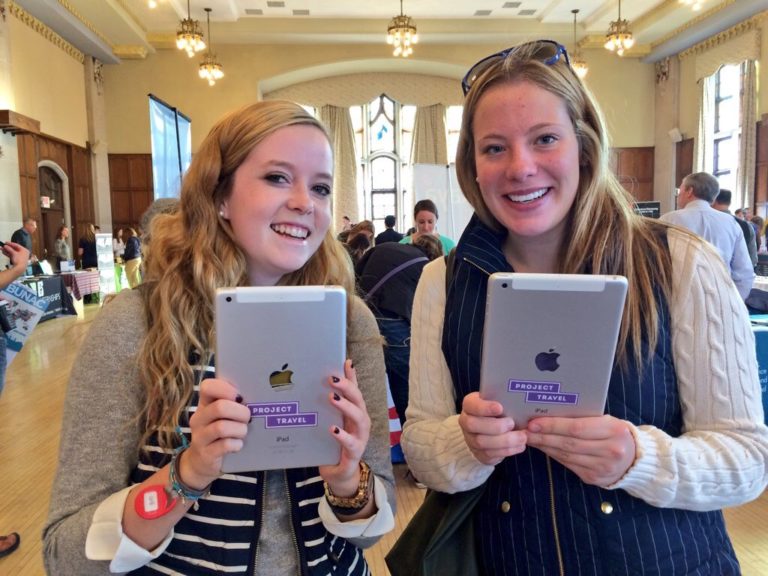If you work in higher education, you’ve probably heard (or repeated) the following in a lunch or conference session with colleagues. I know I have.
“Students don’t read anything!”
When I was an education abroad advisor, it seemed like most of my students never looked at our website despite how often I pointed them in that direction. Even more puzzling was that these same students seemed eager for any information they could get about global opportunities during our advising appointments.
What was I missing? What were they missing?
The information gap in international education baffled me for years — until I found myself in the technology world.
At Via TRM, one of my roles is to communicate how things work in international education to technical professionals, so they can translate that information into a working product. While I explained to them that educational travel experiences are ‘programs’ and not ‘trips’, they schooled me on a little thing called ‘user experience’.
Understanding user experience (UX) made me realize that we weren’t engaging our students online.

Tech can either add to the noise or create good connections.
In person, I channeled my student’s excitement and anticipated their questions and needs. I gave them advice and next steps in clear and simple terms. And then I sent them into a busy, confusing website filled with text heavy pages, inconsistently designed fonts and colors, and outdated links that didn’t always open. And that was just the public website! Then I asked them to navigate an application portal that took me months of training to learn myself.
In those days, students regularly came into my office and said things like “The website is confusing!” or “I’m logged in to my profile but I don’t know what to do next”.
A person who understood good user experience would have listened to them, empathized with their confusion, and worked with others to drive student engagement on their online platform.
Instead, in my own frustration and lack of understanding, I thought my students were unmotivated, overly dependent on me and my colleagues, or perhaps even lazy.
But they’re not lazy! They just weren’t being equipped with the tools that they needed.
To address this, the international education space needs help from UX professionals, designers, developers, and customer success experts on how to serve students and program participants on and offline. We, international educators, have a lot to learn about creating online experiences that are consistent with our excellent advising and program experiences.
Financial and academic concerns aren’t the only barriers preventing people from accessing global opportunities. Bad user experiences (aka confusing and frustrating experiences) are a barrier too. If we want to reach 100,000 Strong in China and the Americas, or 600,000 US study abroad students by 2019, we need to rethink our processes, digital engagement, and technology tools.
Let’s start today with a conversation about what good user experience is and what it means for our field.
The User Experience Professionals Association provides this definition:
“Every aspect of the user’s interaction with a product, service, or company that make up the user’s perceptions of the whole. User experience design as a discipline is concerned with all the elements that together make up that interface, including layout, visual design, text, brand, sound, and interaction. UX works to coordinate these elements to allow for the best possible interaction by users.”
What if our technology tools were as simple to use as the apps we download on our phones?
What if our students and program participants felt the same way? What if we stopped getting bogged down, blocked, or frustrated by complicated, outdated, or ineffective technology and felt empowered to focus on what matters — educational travel experiences and the relationships with our program participants, partners, and colleagues?
User experience cannot be something international educators take on solo.
It’s not our area of expertise, nor should it be. However, we can understand the negative impact that bad user experiences may have and explore what good user experiences would mean for advising and enrollment. Understanding the basics of UX empowers us to advocate for better technology resources to create better experiences for our students and for ourselves.
UX Resources:




